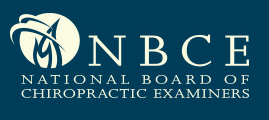Comparison of First-year Grade Point Averages
Comparison of First-year Grade Point Average and National Board Acores Between Alternative Admission Track Students in a Chiropractic Program who Took or Did Not Take Preadmission Science Courses
SOURCE: Journal of Chiropractic Education 2020 (Mar)
Carissa J. Manrique, PhD and Gene Giggleman, DVM
Department of General Education
Parker University
2540 Walnut Hill Lane,
Dallas, Texas 75229
Objective: We compared first-year cumulative grade point average and a composite score on part I of the National Board of Chiropractic Examiners (NBCE) exam for first-year alternative admission track program (AATP) students who did and did not take three specific undergraduate courses: general chemistry, organic chemistry, and anatomy and physiology.
Methods: All AATP students in 2015 (n = 50) were evaluated for the course history of general chemistry and anatomy and physiology compared to their first-year cumulative grade point average and NBCE part 1 scores using independent t-tests.
Results: Students in the AATP who took general chemistry tended to score higher overall on the NBCE exams (p = .038, r = .229). Organic chemistry and anatomy and physiology had no statistical effect on improving board scores. First-year cumulative grade point average seemed to be unaffected by any of the undergraduate courses evaluated.
Conclusion: There was a statistically significant difference in
There are more articles like this @ our:


